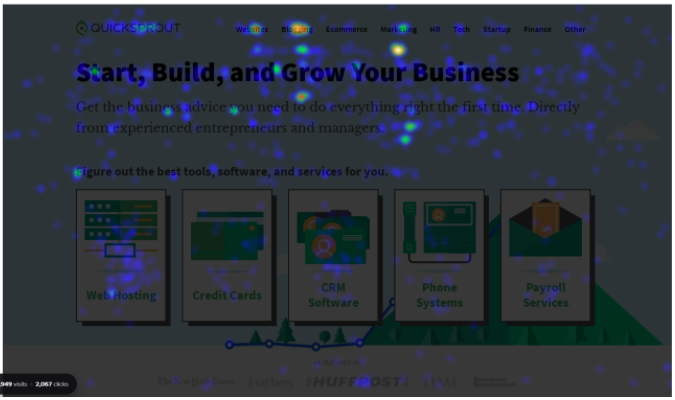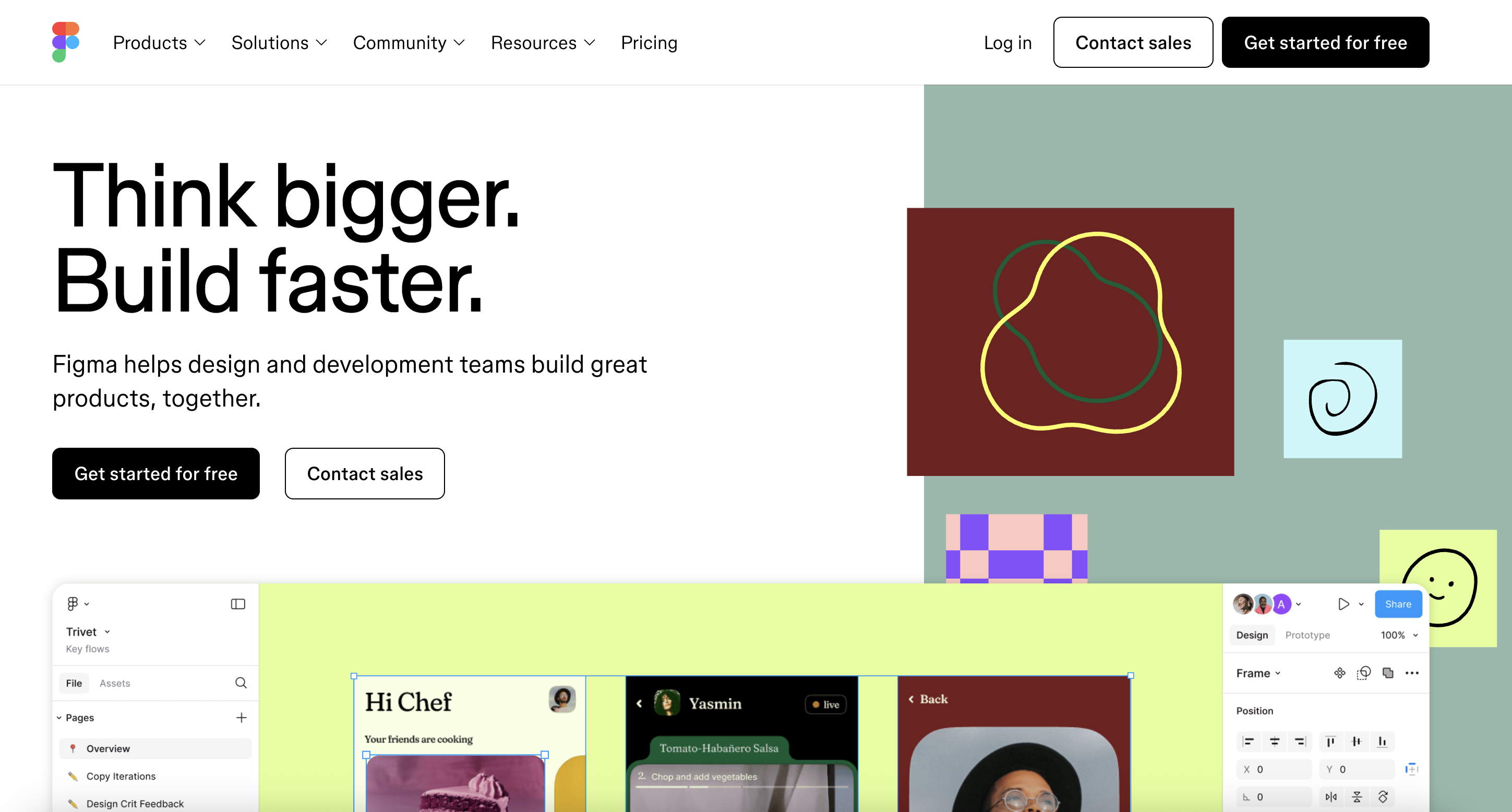Qualitative data collection methods are the different ways to gather descriptive, non-numerical data for your research.
Popular examples of qualitative data collection methods include surveys, observations, interviews, and focus groups.
But it’s not enough to know what these methods are. Even more important is knowing when to use them.
In an article published in Neurological Research and Practice titled, “How to use and assess qualitative research methods,” authors Busetto, Wick, and Gambinger assert that qualitative research is all about “flexibility, openness and responsivity to context.”
Because of this, “the steps of data collection and analysis are not as separate and consecutive as they tend to be in quantitative research,” according to the authors.
This makes sense to me, too. And it means you have to use intuition and a pinch of guidance to know when—and how often—to use a specific qualitative data collection method.
In this post, you’ll learn when to use the most common methods: interviews, focus groups, observations, and open-ended surveys.
#1. Interviews
An interview is a qualitative data collection method where a researcher has a one-on-one conversation with a participant.
The goal of an interview is to explore how the participant feels about a specific topic. You’re mining for their unique experiences, perceptions, and thoughts.
There’s usually an element of structure here, with the researcher asking specific questions. But there’s room for organic discussion, too. The interviewer might take notes or record the session—or both—to capture the qualitative data collected.
Interviews are slower, in some ways, than other qualitative data collection methods. Since you can only talk to one person at a time, you might not get as much data as you would from a survey sent out to 100 people at once.
But interviews are a great way to go deep into a subject and collect details you wouldn’t get from a static survey response.
Interviews are ideal to use when:
- You need to know the “why”: A one-on-one conversation can help participants open up about the reasons they feel the way they do about a certain topic.
- You’re dealing with a sensitive topic: With an interview, you can create a safe space for a person to share their feelings without fear of judgment from other people.
- You want to know someone’s personal, lived experience: In a group setting, no one likes the person who takes over and tells their life story rather than participate in a larger conversation. But if you want that life story—if it’s relevant to your research—an interview is ideal.
There are times when interviews aren’t such a great choice, though.
Choose another qualitative data collection method when:
- You need information from lots of people, and quickly. Interviews are slow. If you need less depth and more breadth, go with a survey or questionnaire.
- You don’t have a lot of resources to spare. It takes a significant amount of time and money to plan and carry out interviews. Most of the time, people don’t jump at the opportunity to participate in your research unless there’s an incentive—usually cash or a gift card. It ends up adding up to quite a bit.
#2. Focus Groups
A focus group is a qualitative data collection method where a small group of people discuss a topic together. A moderator is there to help guide the conversation. The goal here is to get everyone talking about their unique perspectives—and their shared experiences on a topic.
There’s one giant difference between focus groups and interviews, according to the authors of a 2018 article, “The use of focus groups discussion methodology: Insights from two decades of application in conservation,” published in the journal Methods in Ecology and Evolution. The article argues that in a one-on-one interview, the interviewer takes on the role of “investigator” and plays a central role in how the dynamics of the discussion play out.
But in a focus group, the researcher “takes a peripheral, rather than a centre-stage role in a focus group discussion.”
AKA, researchers don’t have as much control over focus groups as they do interviews.
And that can be a good thing.
Focus groups are ideal to use when:
- You’re in the early stages of research. If you haven’t been able to articulate the deeper questions you want to explore about a topic, a focus group can help you identify compelling areas to dig into.
- You want to study a wide range of perspectives. A focus group can bring together a very diverse group of people if you want it to—and the conversation that results from this gathering of viewpoints can be incredibly insightful.
So when should you steer clear of focus groups?
Another research method might be better if:
- You need raw, real honesty—from as many people as possible. Some participants might share valuable, sensitive information (like their honest opinions!) in a focus group. But many won’t feel comfortable doing so. The social dynamics in a group of people can greatly influence who shares what. If you want to build rapport with people and create a trusting environment, an interview might be a better choice.
#3. Observation
Do you remember those strange, slightly special-feeling days in school when a random person, maybe the principal, would sit in on your class? Watching everyone, but especially your teacher? Jotting down mysterious notes from time to time?
If you were anything like me, you behaved extra-good for a few minutes…and then promptly forgot about the person’s presence as you went about your normal school day.
That’s observation in a nutshell, and it’s a useful way to gather objective qualitative data. You don’t interfere or intrude when you’re observing.
You just watch.
Observation is a useful tool when:
- You need to study natural behavior. Observation is ideal when you want to understand how people behave in a natural (aka non-conference-room) environment without interference. It allows you to see genuine interactions, routines, and practices as they happen. Think of observing kids on a playground or shoppers in a grocery store.
- Participants may not be likely to accurately self-report behaviors. Sometimes participants might not be fully aware of their behaviors, or they might alter their responses to seem more “normal” or desirable to others. Observation allows you to capture what people do, rather than what they say they do.
But observation isn’t always the best choice.
Consider using another qualitative research method when:
- The topic and/or behaviors studied are private or sensitive. Publicly observable behavior is one thing. Stuff that happens behind closed doors is another. If your research topic requires more of the latter and less of the former, go with interviews or surveys instead.
- You need to know the reasons behind specific behaviors. Observation gets you the what, but not the why. For detailed, in-depth insights, run an interview or open-ended survey.
#4. Open-Ended Surveys/Questionnaires
A survey is a series of questions sent out to a group of people in your target audience.
In a qualitative survey, the questions are open-ended. This is different from quantitative questions, which are closed, yes-or-no queries.
There’s a lot more room for spontaneity, opinion, and subjectivity with an open-ended survey question, which is why it’s considered a pillar of qualitative data collection.
Of course, you can send out a survey that asks closed and open-ended questions. But our focus here is on the value of open-ended surveys.
Consider using an open-ended survey when:
- You need detailed information from a diverse audience. The beauty of an open-ended questionnaire is you can send it to a lot of people. If you’re lucky, you’ll get plenty of details from each respondent. Not as much detail as you would in an interview, but still a super valuable amount.
- You’re just exploring a topic. If you’re in the early stages of research, an open-ended survey can help you discover angles you hadn’t considered before. You can move from a survey to a different data collection method, like interviews, to follow the threads you find intriguing.
- You want to give respondents anonymity. Surveys can easily be made anonymous in a way other methods, like focus groups, simply can’t. (And you can still collect important quantitative data from anonymous surveys, too, like age range, income level, and years of education completed.)
Useful though they are, open-ended surveys aren’t foolproof.
Choose another method when:
- You want to ask more than a few questions about a topic. It takes time and energy to compose an answer to an open-ended question. If you include more than three or four questions, you can expect the answers to get skimpier with each one. Or even completely absent by Question #4.
- You want consistently high-quality answers. Researchers at Pew Research Center know a thing or two about surveys. According to authors Amina Dunn and Vianney Gómez in a piece for Decoded, Pew Research Center’s behind-the-scenes blog about research methods, “open-ended survey questions can be prone to high rates of nonresponse and wide variation in the quality of responses that are given.” If you need consistent, high-quality answers, consider hosting interviews instead.
How to Decide Which Qualitative Data Collection Method to Use
Choosing the right qualitative data collection method can feel overwhelming. That’s why I’m breaking it down into a logical, step-by-step guide to help you choose the best method for your needs.
(Psst: you’ll probably end up using more than one of these methods throughout your qualitative research journey. That’s totally normal.)
Okay. Here goes.
1. Start with your research goal
- If your goal is to understand deep, personal experiences or the reasons behind specific behaviors, then interviews are probably your best choice. There’s just no substitute for the data you’ll get during a one-on-one conversation with a research participant. And then another, and another.
- If you’re not sure what your research goals are, begin by sending out a survey with general, open-ended questions asking for your respondents’ opinions about a topic. You can dig deeper from there.
2. Consider how sensitive your topic is
- If you’re dealing with a sensitive or private topic, where participants might not feel comfortable sharing in a group setting, interviews are ideal. They create a safe, confidential environment for open discussion between you and the respondent.
- If the topic is less sensitive and you want to see how social dynamics influence opinions, consider using focus groups instead.
3. Evaluate whether you need broad vs. deep data
- If you need broad data from a large number of people quickly, go with open-ended surveys or questionnaires. You don’t have to ask your respondents to write you an essay for each question. A few insightful lines will do just fine.
- If you need deep data, run interviews or focus groups. These allow for more in-depth responses and discussions you won’t get with a survey or observation.
4. Think about the context of your research
- If you want to study behavior in a natural setting without interference, observation is the way to go. More than any other, this method helps you capture genuine behaviors as they happen in real life.
- But if you need to understand the reasons behind those behaviors, remember that observation only provides the what, not the why. In these cases, follow up with interviews or open-ended surveys for deeper insights.
5. Assess your resourcesIf time and budget are limited, consider how many resources each qualitative data collection method will require. Open-ended surveys are less expensive—and faster to send out and analyze—than interviews or focus groups. The latter options require more time and effort from participants—and probably incentives, too.





